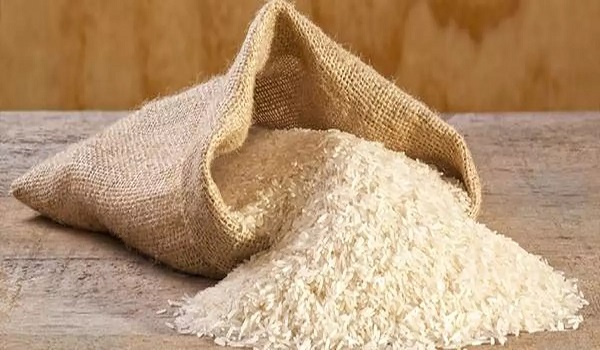In a move to capitalize on robust demand from key markets in Europe and the Middle East, India has successfully inked contracts to export approximately 500,000 metric tons of new-season basmati rice. The announcement comes after a series of strategic adjustments to export policies aimed at fostering trade growth and alleviating challenges faced by farmers.
India, renowned for its premium long-grain basmati rice, annually exports over 4 million tons to countries such as Iran, Iraq, Yemen, Saudi Arabia, the United Arab Emirates, the United States, and Europe. However, the government implemented a ban on non-basmati white rice exports in June to stabilize domestic prices, coupled with the introduction of a minimum export price (MEP) floor of $1,200 per ton for basmati in August.
Recognizing that the MEP hindered the export potential of this prized variety and resulted in burdensome stocks for farmers, the Indian government took corrective action last month by reducing the floor price for basmati exports to $950 per ton. The adjustment aimed to stimulate the basmati rice trade, which had experienced a standstill following the imposition of the higher MEP.
Prem Garg, President of the Indian Rice Exporters Federation, expressed optimism about the recent developments, stating, “There’s been a great deal of interest in India’s new basmati rice crop, and so far, we have signed export contracts for around 500,000 tonnes.” Garg highlighted the challenge posed by the initial MEP of $1,200 per metric ton, which made it difficult to secure deals, but the subsequent reduction has reinvigorated the basmati rice trade.
Indian traders have successfully closed basmati export deals within the range of $1,000 to $1,500 per metric ton, according to statements from exporters, including Garg. Notably, Turkey, Iraq, and Saudi Arabia emerge as the leading buyers of Indian basmati rice this year, as reported by Vijay Setia, a prominent exporter from Haryana, a key basmati rice-producing state in the northern region.
Despite the challenges faced earlier in the season, Garg remains optimistic about meeting the usual annual export volume of around 4 million metric tons. The adjustments to the floor price have breathed new life into the basmati rice trade, ensuring India’s continued prominence in the global market for this aromatic and highly sought-after variety.


